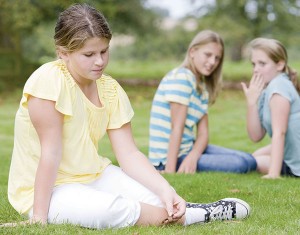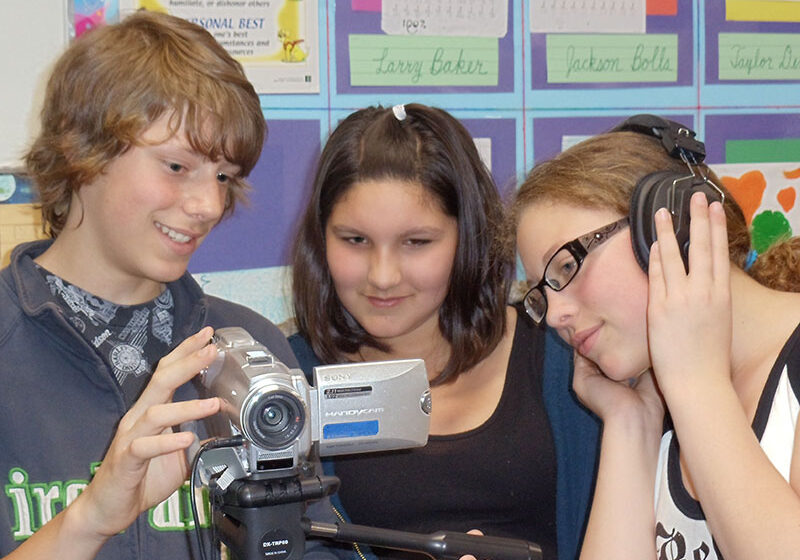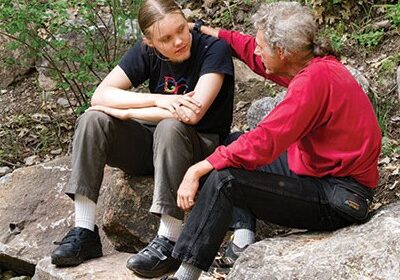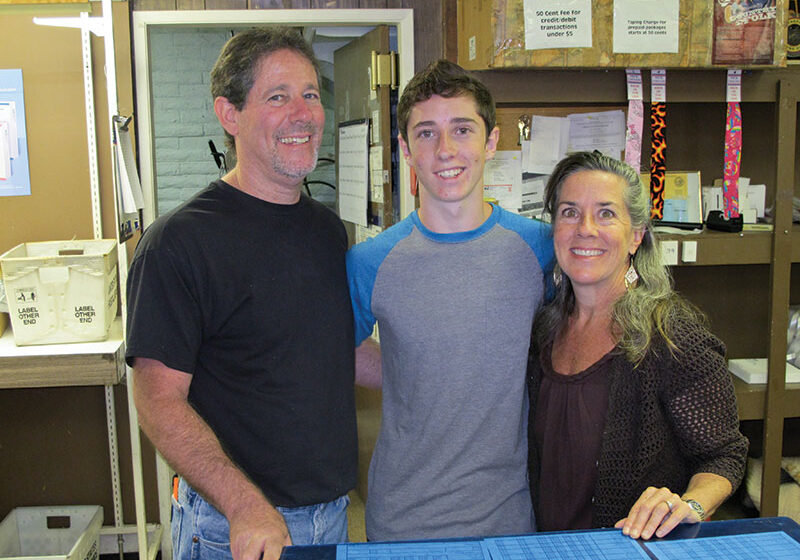

Are these the acts of a bully? It depends, experts say. Conflicts involving one or more of these behaviors are a normal part of growing up and learning social skills. However, educational psychologists and Co-Directors of the Bullying Research Network, Drs. Shelley Hymel and Susan Swearer, say that several features characterize bullying.
What bullying is and isn’t
First, bullying involves acts that are intentional. Second, bullying is repetitive, not generally limited to a random act or single incident. Finally, bullies take advantage of a real or perceived imbalance of power between themselves and others. This power can be expressed in terms of physical strength, social status or intimidation.
Although statistics vary, Hymel and Swearer say that one out of three children bully or are bullied by others. Physical abuse, verbal assaults and social ostracizing are common, and cyberbullying is on the rise. Text messaging, email, social networks and even online games now offer bullies a whole new arena in which to threaten, embarrass or single out others.
However, Shasta Meadows Elementary School Principal Rick Fitzpatrick cautions that it’s important to differentiate between bullying and other types of hurtful behavior. He suggests parents listen without reacting emotionally and ask their child about the specific behaviors they’re experiencing.
“There are always social dynamics involved in teasing that don’t rise to the level of bullying,” Fitzpatrick says. “When kids are figuring out who’s friends with who and who’s in and who’s out, feelings can get hurt easily.” He says it’s important for parents to talk with children about their feelings and to teach them to recognize the difference between situational and repetitive behavior.
Bystanders are the most important group in creating change
The importance of involving bystanders in halting bullying cannot be overemphasized. Fitzpatrick says, “There are tipping points where the behaviors can be stopped or eliminated if the people who are friends are willing to say ‘Hey, this isn’t cool.’”
Carrie Gordon Watson, a Chico High School teacher and author of Quad, a young adult novel about bullying, agrees that kids must decide to act as an ally or to not participate but says sometimes it’s not that simple. “It’s so pervasive that they do it with their friends,” she says, “and then will say things like ‘They know I don’t mean it. They know I love them.’” She terms this behavior “recreational meanness” and says kids report this type of bullying hurts the most.
School Psychologist Mike Carroll, who runs Chico High’s Peer Mediation Program (PMP), says peer mediators help bullies to better understand feelings and the impact of their behavior on others. Last year PMP students successfully mediated 18 cases and trained district elementary and middle school children in the mediation process. Carroll says, “We tell kids, ‘You’re not a snitch when you tell adults you’re concerned about someone’s safety.’”
Kids who witness bullying can use several strategies to intervene, including telling the bully to stop. According to http://www.education.com, research shows that when confronted assertively, most bullies stop bullying within 10 seconds. If observers feel uncomfortable or unsafe intervening directly, they can also walk away or report the bully.
The role of media: friend or foe?
With heightened media attention on teen suicides that are the apparent result of bullying, many parents fear this fate for their children. However, Shasta County Suicide Prevention Educator Katie Cassidy says that bullying alone is not the cause of suicide. “It’s a very complex issue involving many personality and behavioral characteristics,” says Cassidy. “It’s more appropriate to think of bullying as a trigger rather than a cause.”
Photographer Tommy Corey, a 2005 graduate of Enterprise High, says he was bullied in middle school because of his sexual orientation and founded The Self-Worth Project on Facebook last October in response to bullying-related suicides. His photographs of people with a word or phrase written prominently on their body expressing the thing they fear makes them unacceptable or unlovable are included on his Facebook page, which now has more than 10,000 followers.
Corey isn’t alone in using social media to influence and educate others. Young Adult Authors Against Bullying has just released Dear Bully, an anthology by 70 authors who were either a bully or bullied. The group’s Facebook page is open to anyone interested in sharing stories and resources.
Still, many believe media contributes to the problem. Suicide Prevention’s Cassidy says the Survivor-type shows, built on creating false alliances and voting people out, condone bullying by making it into a game. Redding-based K-12 motivational speaker, known as “Mr. Brown” to students, observes that even Disney programming shows the “cool” and the “not cool” kids.
Brown, who presented his respect and empowerment workshops to more than 17,000 Shasta County students last year, says, “Middle school-aged kids are making some pivotal choices. They’re not yet fully developed physically or mentally but they’re exposed greatly to media and heavily influenced by it.”
What every parent should know
Brown says that although parents ultimately have the power to pull the plug on what their kids are watching, they play an important role in getting children to think critically about what they’re being exposed to first. Principal Fitzpatrick encourages parents to talk to children about their right to express their feelings, to say, “Stop it! That makes me angry!” when being bullied.
Chico’s Gordon Watson, the parent of two teens, advises parents to listen without emotionally over-reacting or preaching. “Kids don’t necessarily want their parents to fix their problems,” he says, “but parents can offer their children tools to think about it in a different way.”
Finally, Brown says that documenting everything is critical for parents who believe their child is being bullied. He advises keeping track of names, dates, places, incidents and the steps taken to remedy the situation.
Bullying is an age-old problem and one not likely to disappear. However, with open communication, support and the involvement of family, school and community, it is one that doesn’t have to continue unchecked.
This list is a sample of national, community and web-based bullying resources. Contact your child’s school district for more information on what it is doing to address bullying.
The Bullying Information Center at http://www.education.com, has extensive resources on bullying for parents, including a quiz on bullying myths and a downloadable e-book on bullying at school and online.
Visit the following websites for more information:
- http://www.education.com/quiz/bullying-myths/score/
- http://www.education.com/topic/school-bullying-teasing/
Educational & Training Resource Links
These sites offer information and/or training on bullying and bullying prevention:
- http://www.hellomrbrown.com/index.html
- http://www.challengeday.org
- http://www.rachelschallenge.org
- http://www.tolerance.org/blog/how-bad-bullying-your-school-ask-students or
- http://www.tolerance.org/magazine/number-39-spring-2011/bully-bullied-bystanderand-beyond
- http://www.pbs.org/parents/itsmylife/resources/bullies.html
- http://www.stopbullying.gov
- http://www.cde.ca.gov/ls/ss/se/bullyres.asp
- http://www.buttecounty.net/SheriffCoroner/Programs
Posted in: Education, Youth & Teen
Comment Policy: All viewpoints are welcome, but comments should remain relevant. Personal attacks, profanity, and aggressive behavior are not allowed. No spam, advertising, or promoting of products/services. Please, only use your real name and limit the amount of links submitted in your comment.
You Might Also Like...

A Tiny School With A Big Voice
Located 47 miles north of Redding, Castle Rock Elementary is a small rural school nestled in the mountain community of Castella. Established in 1887, its tranquil setting and family-like atmosphere […]

Staying Calm In The Face Of Rudeness
With open enthusiasm, a mom picks up her middle-school-age son and friends after soccer practice, offering them bagels as they pile into the car. “Nobody likes whole wheat” is all […]

Real-World Learning – Homeschooling Families Combine Life & Education
Most parents agree that a good education is an important foundation for their child’s future success. The way children learn however, can be as varied as the children themselves. While […]

Money Wisdom: Growing Savvy Spenders
We have all heard the old adage, “money doesn’t grow on trees.” While most adults can attest to the truth in that saying, we can also take a lesson from […]


